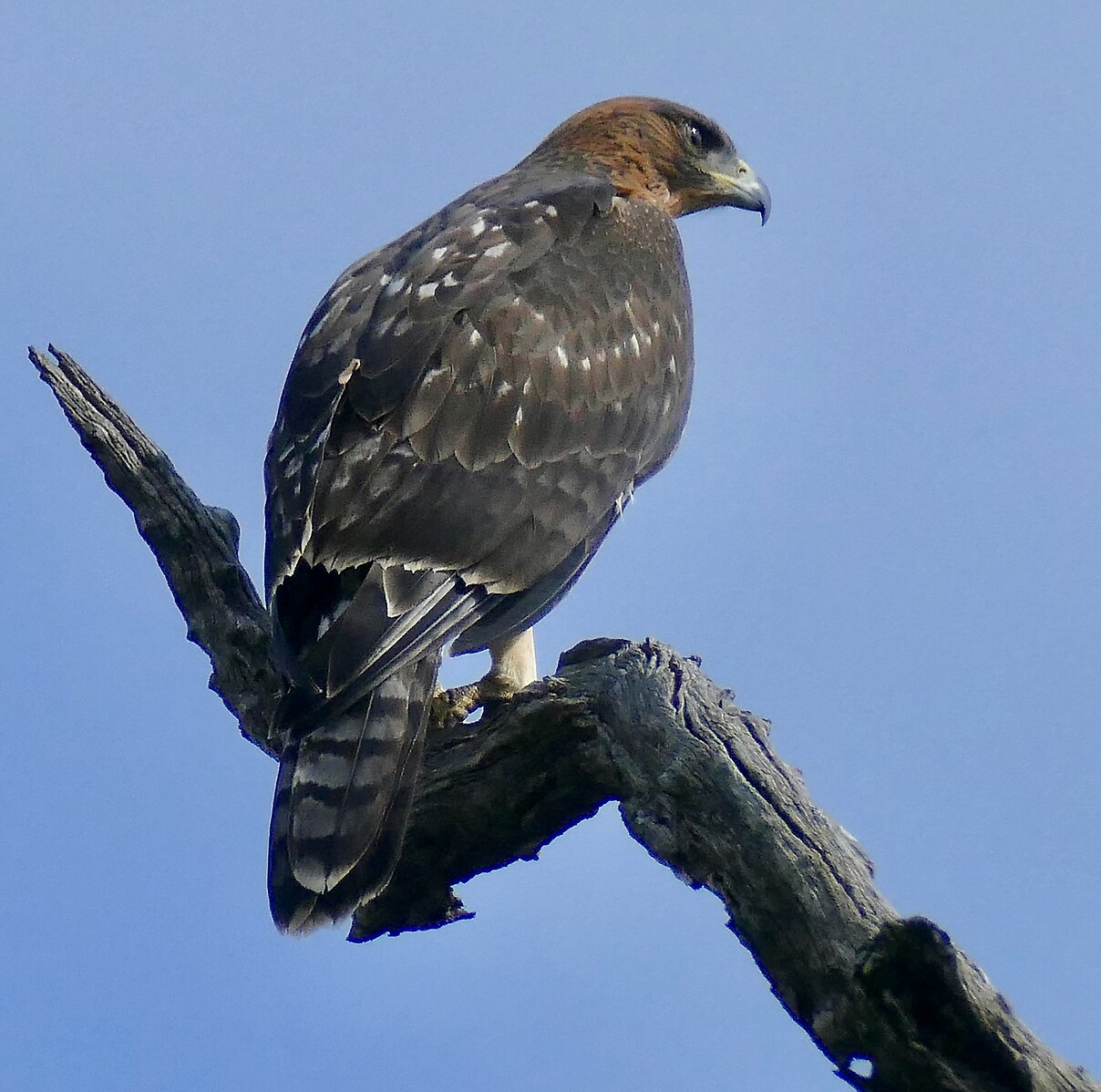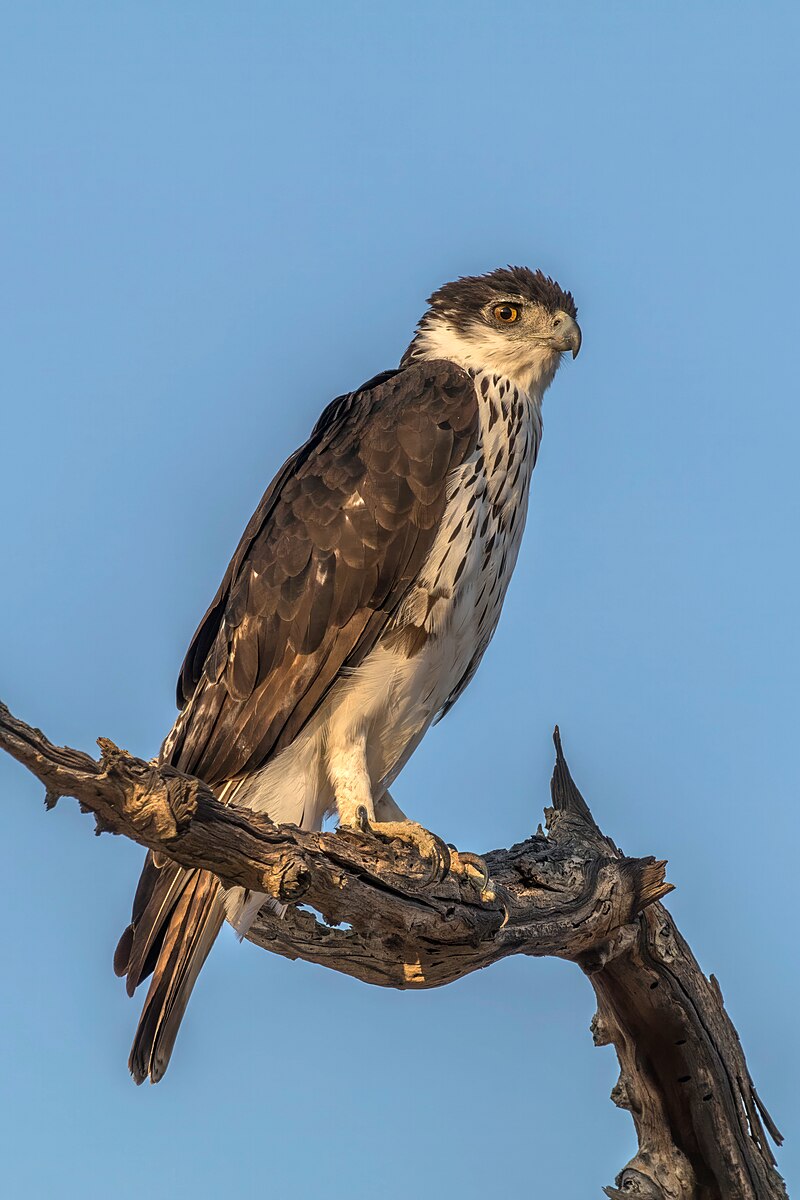How Heavy Can an African Hawk Eagle Carry?
Roy
How Heavy Can an African Hawk Eagle Carry?
The African hawk eagle, also known as the crowned eagle, is a powerful bird of prey that is native to parts of tropical Africa. It is considered to be one of the most powerful raptors in Africa, and is known to prey on animals as large as bushbuck, which can weigh up to 30 kg … Read more


